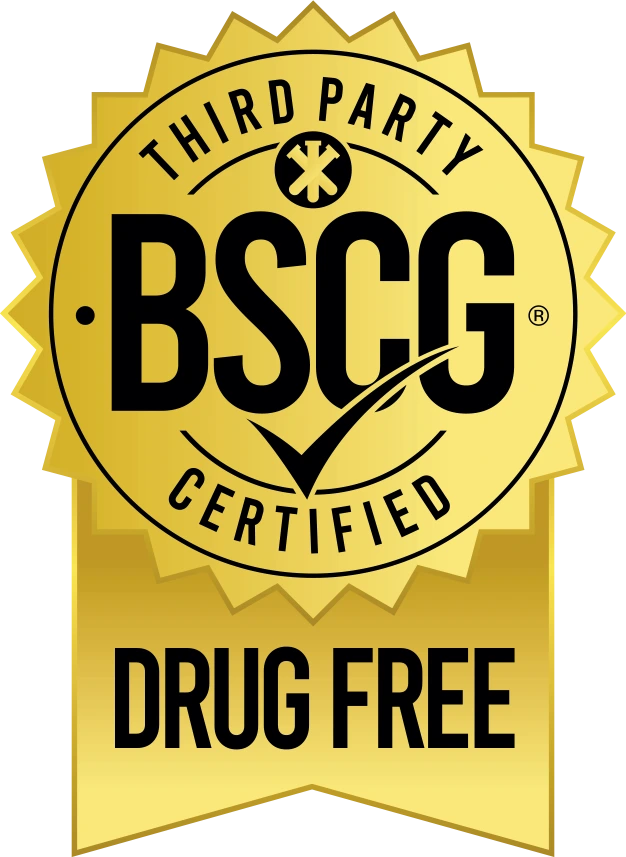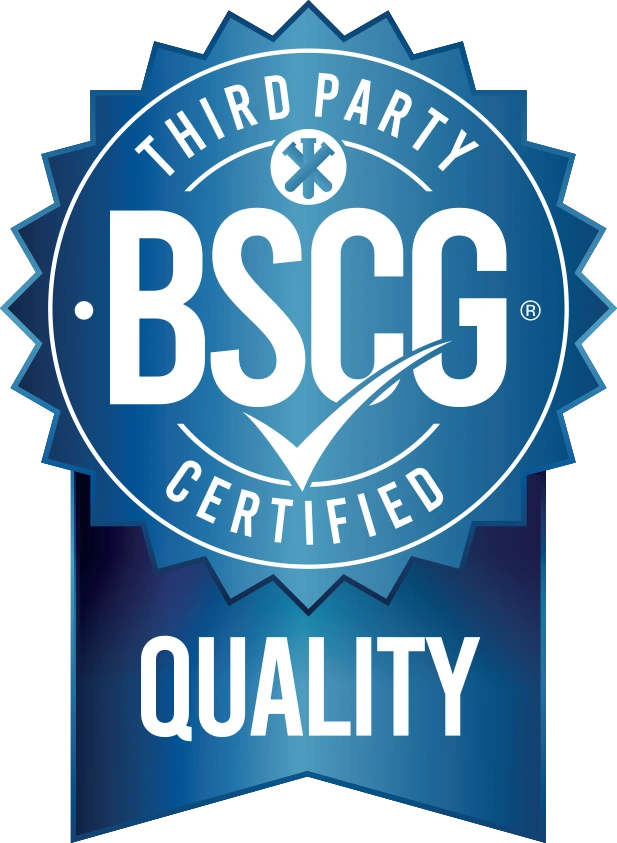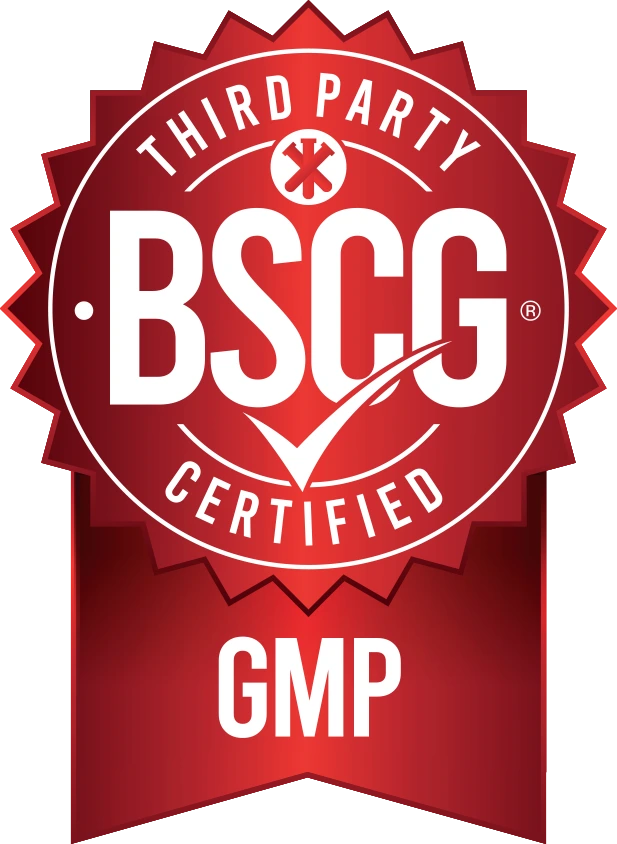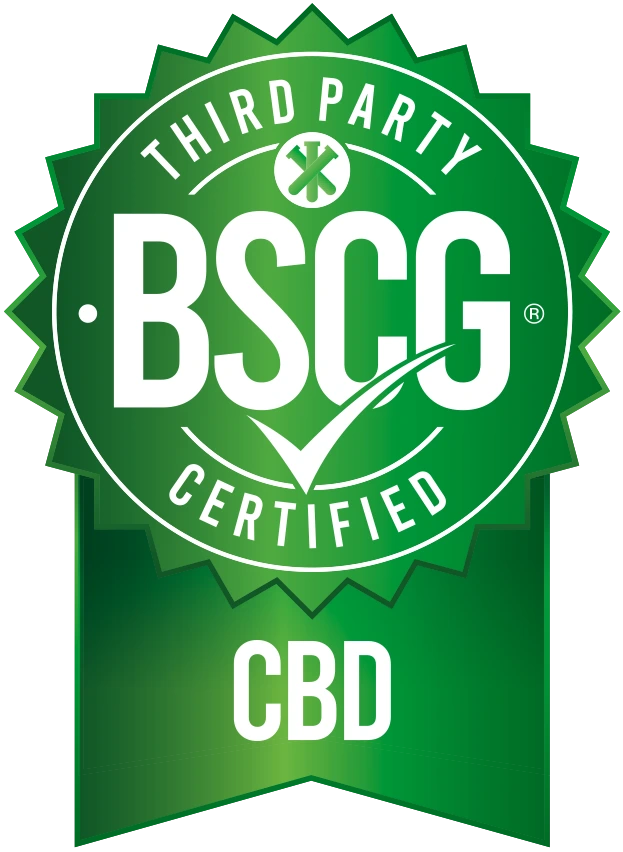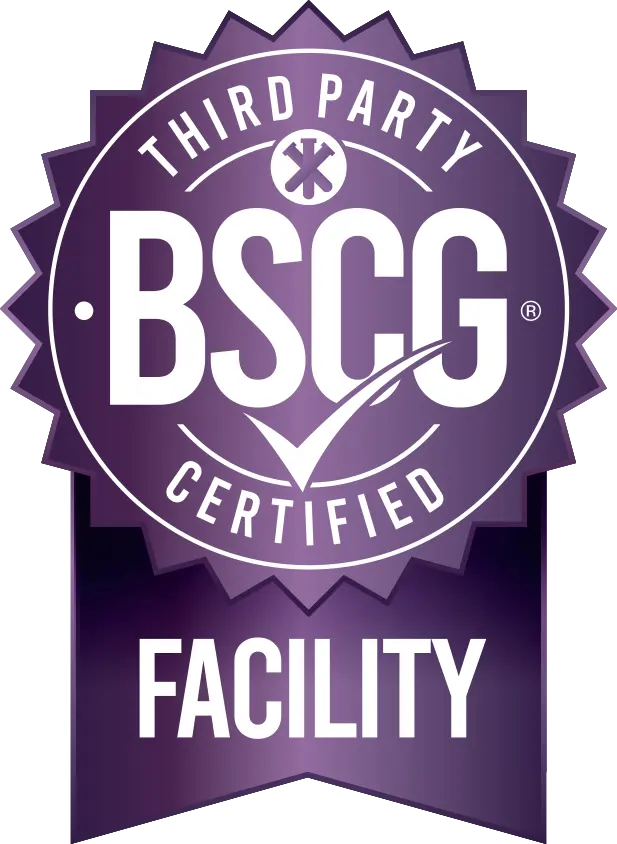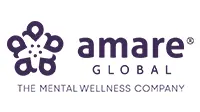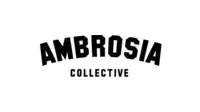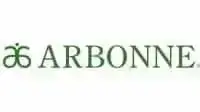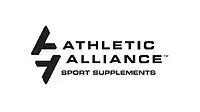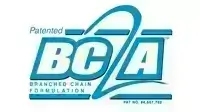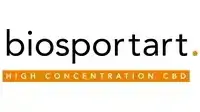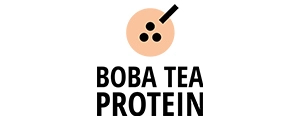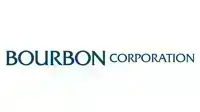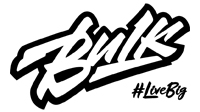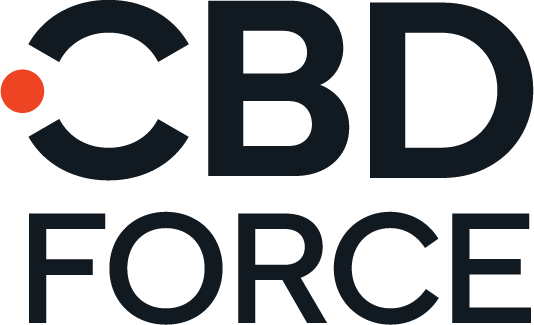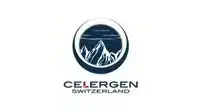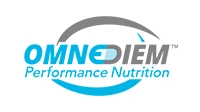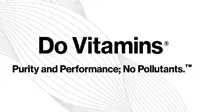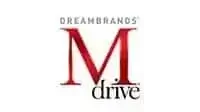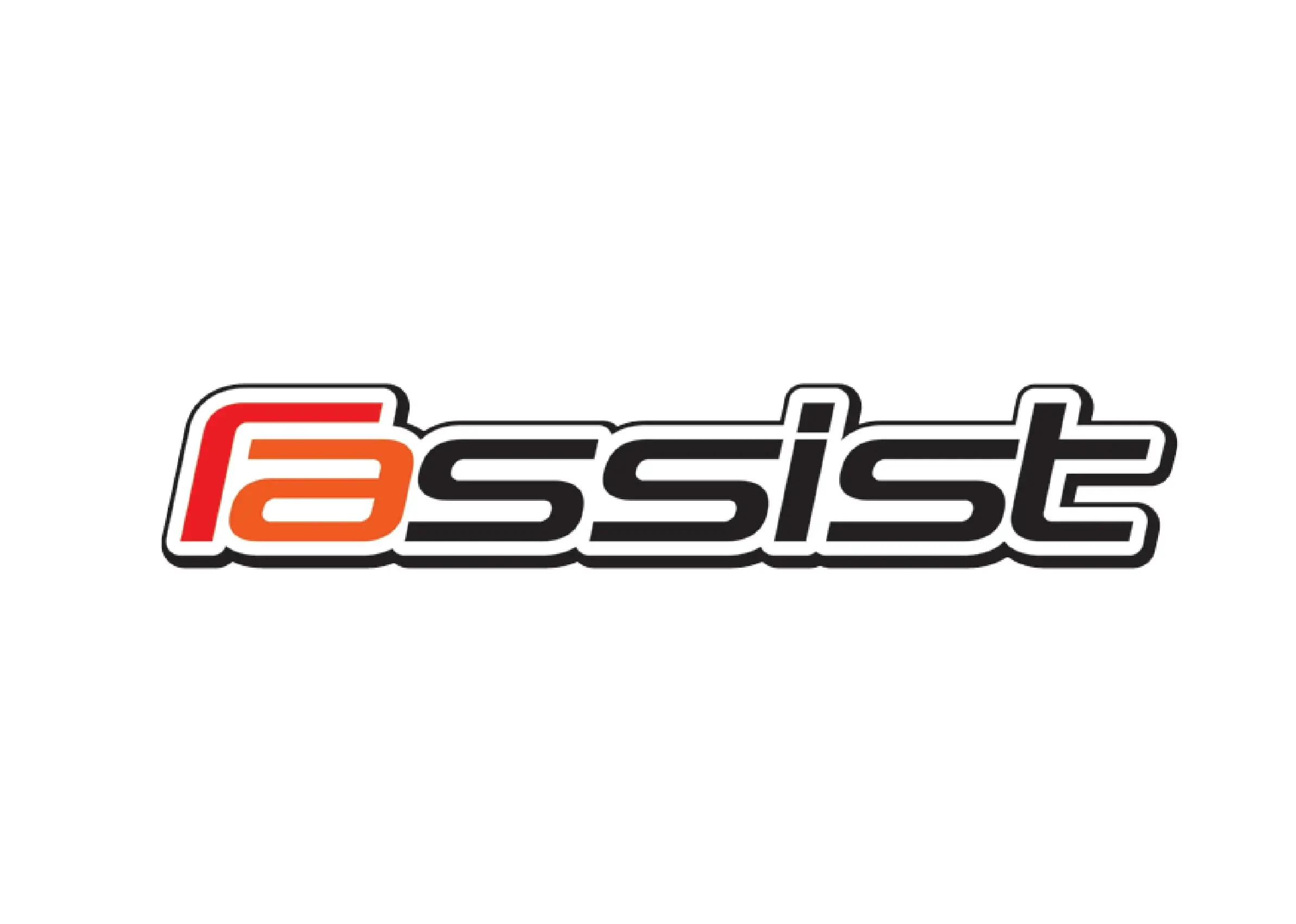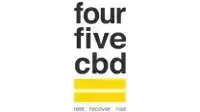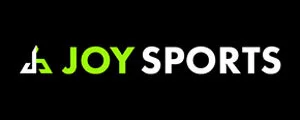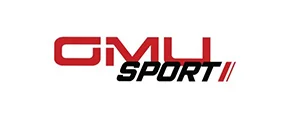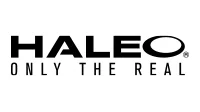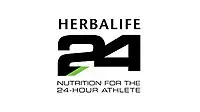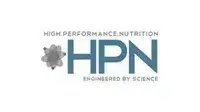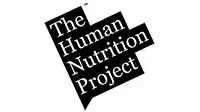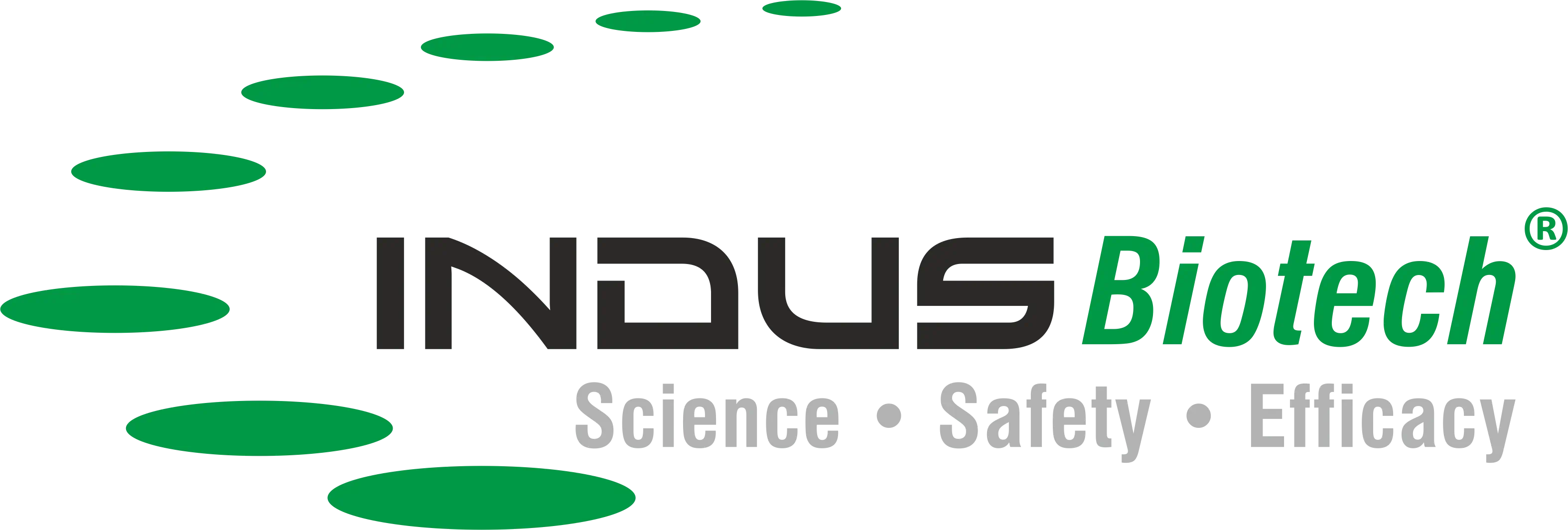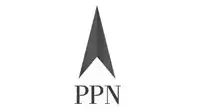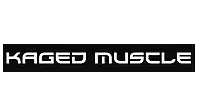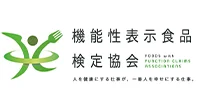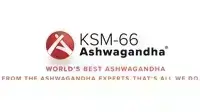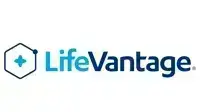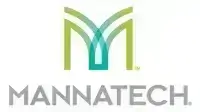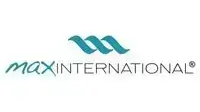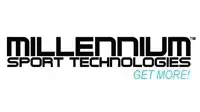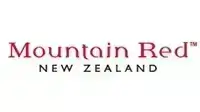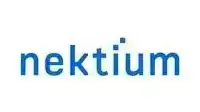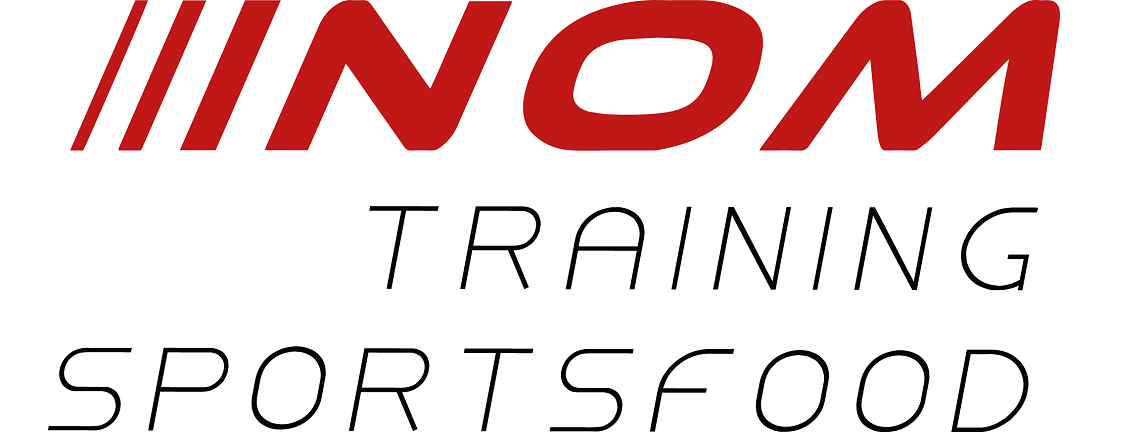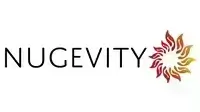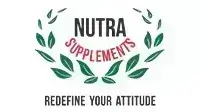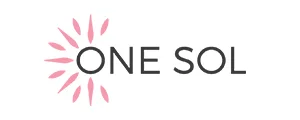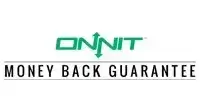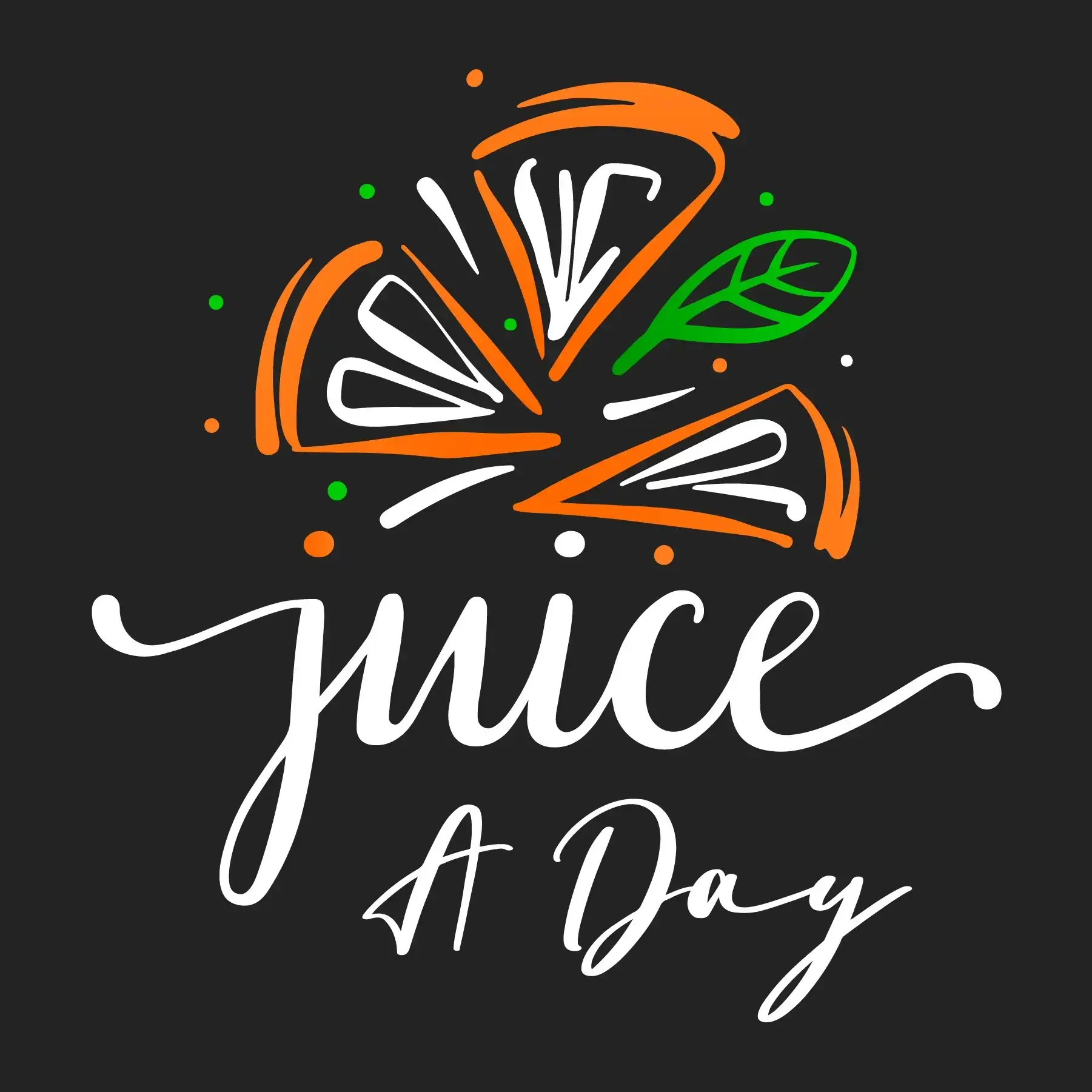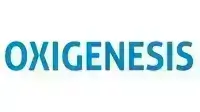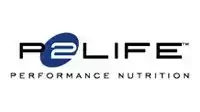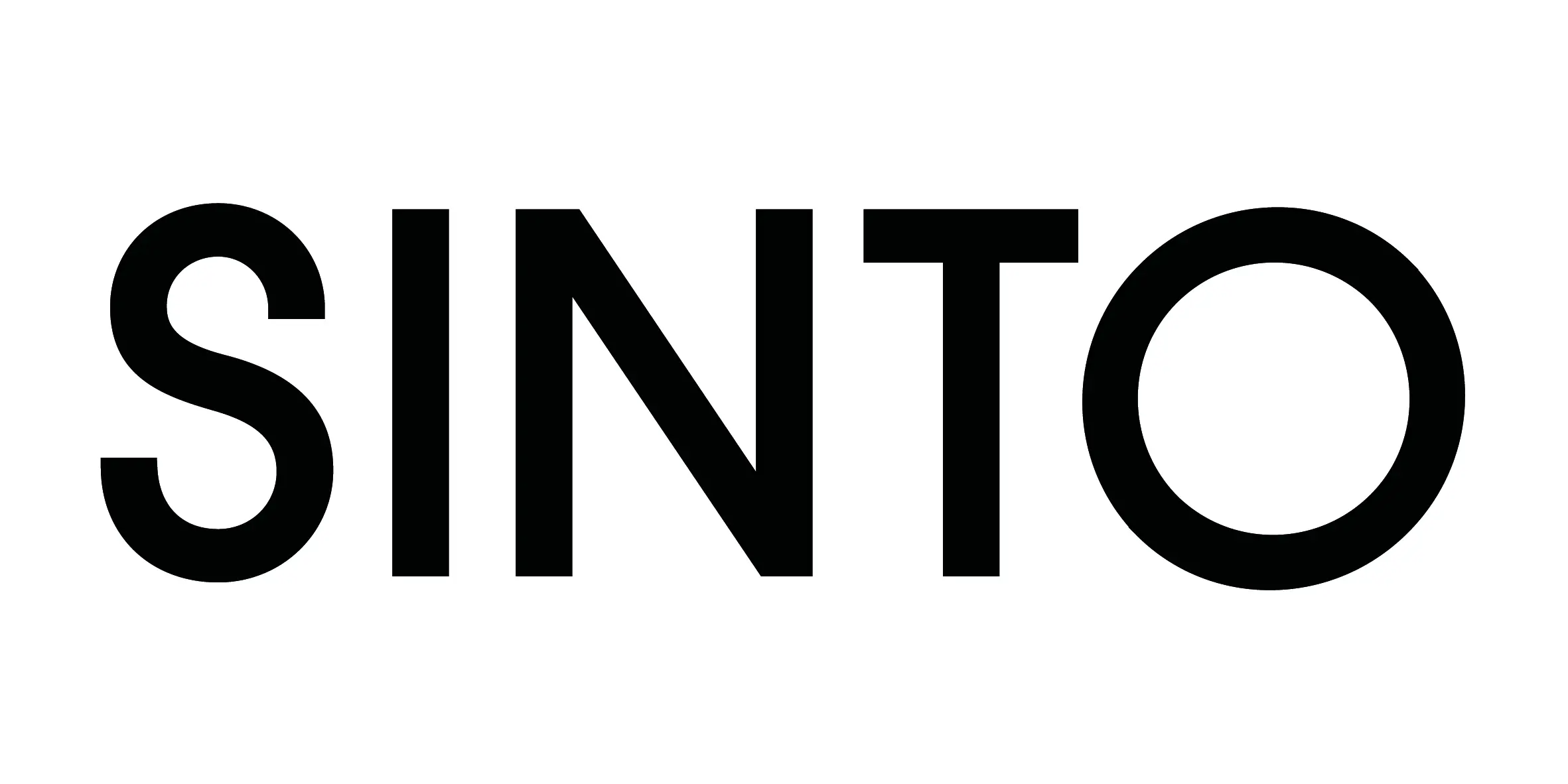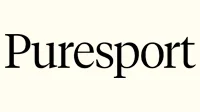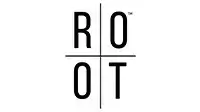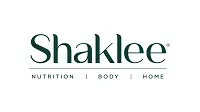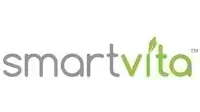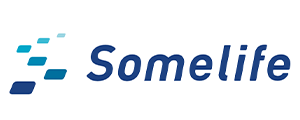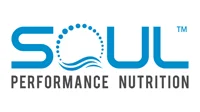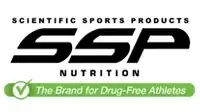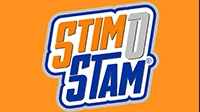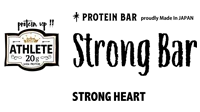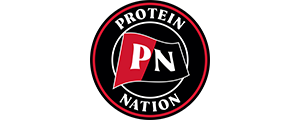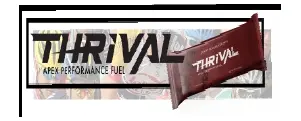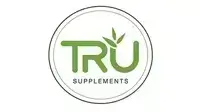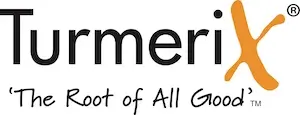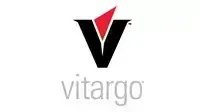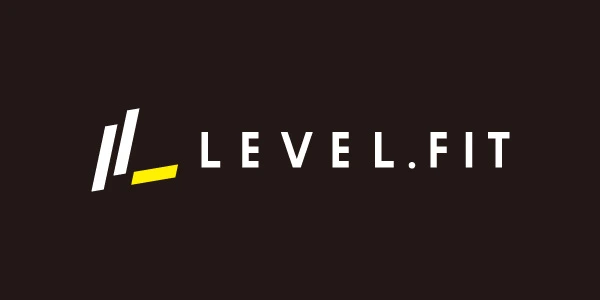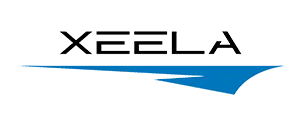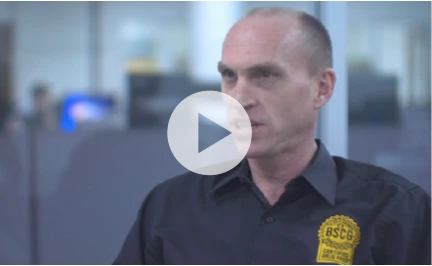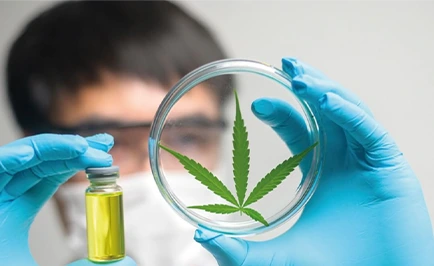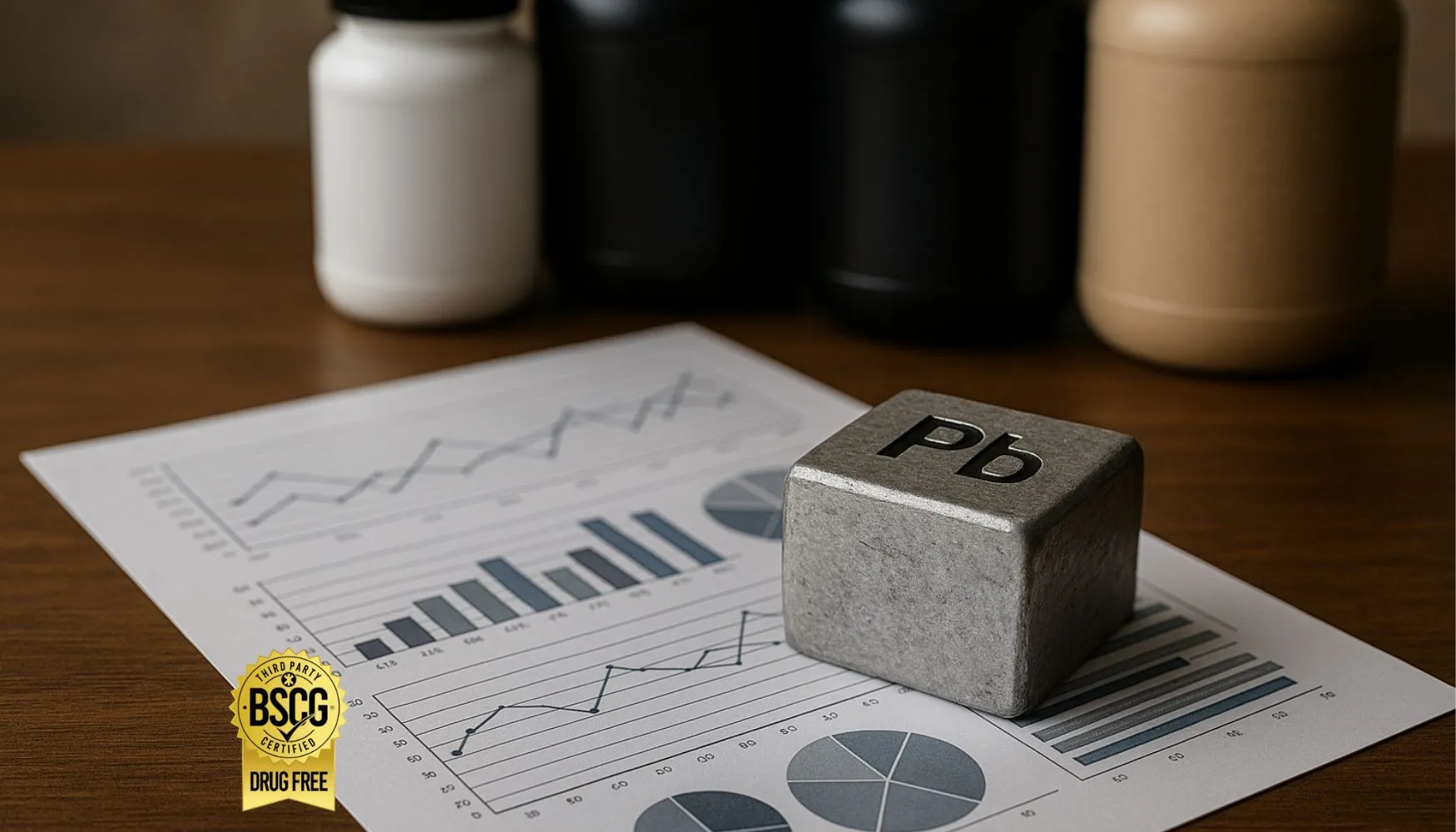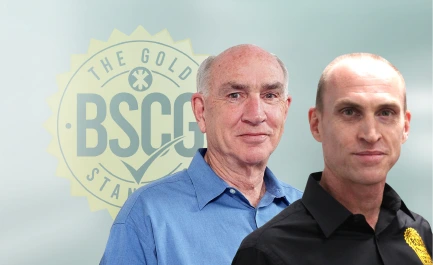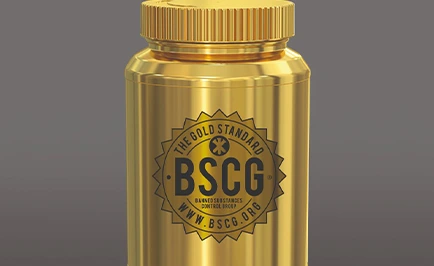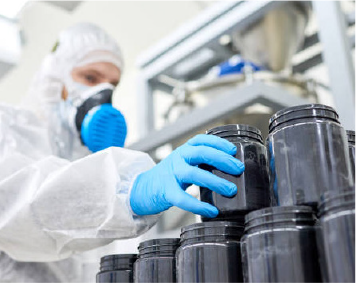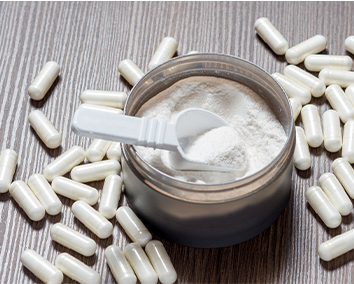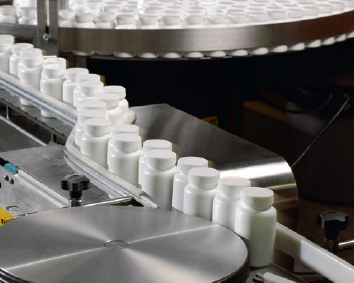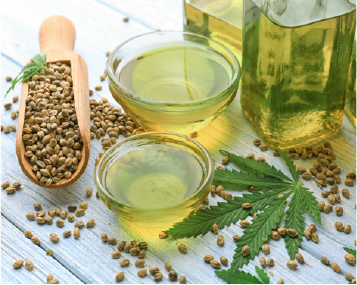Noopept could be the next big banned substance in sport after Meldonium
Apr 30, 2018
Noopept could be the next Meldonium
Written by Oliver Catlin, BSCG President
The question many of us continually ask, “What might be the next clandestine doping agent in sports?” might have a new answer: noopept. Popular in dietary supplements, noopept could be the next big banned substance in sport after meldonium.
As we watch the 2016 Rio Olympic Games with the Russian doping scandal looming in the rearview mirror the notion that noopept could be the next big banned substance in sport after meldonium is interesting on its own. However, when one considers that both substances appear to be sold as medication in Russia, and that many of the meldonium findings early this year involved Russian athletes, the intrigue gets deeper. Because noopept is prevalent in the supplement marketplace around the world, if it is the next clandestine doping agent the potential issue would expand well beyond Russia.
A comparison between the substance noopept and meldonium supports our theory. Meldonium, which is suggested to improve blood flow, is approved for use as anti-ischemia medication in Eastern Europe and Russia. It is usually used to treat heart disease. Although clearly popular with athletes, based on the hundreds of adverse analytical findings for the drug in early 2016, meldonium is not commonly found as a dietary supplement, at least not yet.
Meanwhile, noopept, is patented by JSC LEKKO Pharmaceuticals, a Russian pharmaceutical company, in both the U.S. and Russia. It is commonly sold as a dietary supplement in the nootropic category around the world, but appears to be sold as a medication in Russia and Eastern Europe. Noopept is being studied for its potential to alleviate Alzheimer’s symptoms and treat other brain disorders. It is not an approved drug in the U.S.
Noopept does not appear to be a controlled substance in the U.S. or other countries, or at least that is what some nootropic sites claim. That does not mean, however, it would be legal to sell as a supplement. It would likely qualify as an unapproved drug according to the U.S. FDA, or other international equivalents. As such, it may be OK to sell for research purposes, but not as a supplement marketed for human consumption. Given that noopept was patented in 1996, was not in the food supply prior to 1994, and is synthetic, it does not appear to qualify as a legal dietary supplement ingredient in the U.S., according to DSHEA (the Dietary Supplement Health and Education Act of 1994).
Despite noopept being a dubious, if not illegal, supplement ingredient, it is commonly found packaged as a supplement and is available online at a wide range of distributors including Amazon.com and Jet.com. Based on its prevalence in dietary supplements and on message boards, it seems it has become quite popular. With discussion on ‘The Worlds Most Trusted Anabolic Website,’ as far back as 2007, it appears folks that track performance-enhancing compounds have known about it for a number of years.
In fact, noopept has become so popular that even Reddit, who thankfully realizes the concern, has a note on noopept in ‘New Rules in Regards to Illegal/Dangerous Compounds.’ The note describes that, “synthetic drugs (not DSHEA compliant) that have too little information on them to assess toxicity (Ex. Noopept or PRL-8-53)…, are in the grey area.”
So, what does noopept do and why might it be prohibited in sport?
As mentioned, noopept is typically marketed as a nootropic, or in simple terms a brain stimulant. Nootropics are different than central nervous system stimulants, but are suggested to have some psychostimulatory effects. Noopept’s effect is often compared to piracetam, which the Global DRO does not consider prohibited in sport, and phenylpiracetam (carphedon, fonturacetam), which is prohibited in sport. An excerpt from Racetam.org compares phenylpiracetam to noopept as follows:
“Even though phenylpiracetam is considered 60 times more potent than piracetam, noopept is considered to be around 1000 times more effective. This is because it often works through the acetycholinergic system in ways that are different from the other racetams. Structurally speaking, noopept is not the same family as racetams, but it is similar and definitely acts in similar ways.”
So, noopept could perhaps be interpreted as prohibited in sport already based on the catch-all language used in the WADA (World Anti-Doping Agency) Prohibited List. Meldonium needed to be added to the list by name, where it now appears as a metabolic modulator. This is an important distinction, as there is precedent for related substances being considered banned in sport and resulting in positive drug tests even before they are on the WADA Prohibited List. That was the case with DMAA when the first positive was called in 2008, and recently occurred again with higenamine early in 2016.
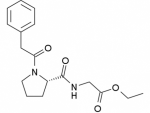 The stimulant category includes fonturacetam [4-phenylpiracetam
(carphedon)] as a non-specified stimulant. The catch-all language at the
end of the category prohibits, “other substances with a similar
chemical structure or similar biological effect(s).” Noopept, shown at
left, may qualify as it is described as having a similar biological
effect and seems to have a similar structure as phenylpiracetam.
Interestingly, the phenyl group in the upper left corner is also shared
by phenethylamine, which was added to the WADA Prohibited List in 2015.
The stimulant category includes fonturacetam [4-phenylpiracetam
(carphedon)] as a non-specified stimulant. The catch-all language at the
end of the category prohibits, “other substances with a similar
chemical structure or similar biological effect(s).” Noopept, shown at
left, may qualify as it is described as having a similar biological
effect and seems to have a similar structure as phenylpiracetam.
Interestingly, the phenyl group in the upper left corner is also shared
by phenethylamine, which was added to the WADA Prohibited List in 2015.
We note that if fonturacetam is prohibited in sport then piracetam could also qualify under catch-all language in our view, but it does not according to the Global DRO. So, interpretation does not seem clear as to whether something that appears to have a similar chemical structure and structure to fonturacetam is prohibited in sport. Would other more potent racetams like aniracetam be interpreted to be prohibited? We believe they would be, but then noopept could be as well.
You can see why noopept could be the next big banned substance in sport after meldonium. It is widely available making it likely to be used by athletes. It could have the potential to enhance sports performance as it is described as having similar biological effects as phenylpiracetam, which is already banned in sport. It would likely satisfy the first and third conditions for a drug to be considered for addition to the WADA Prohibited List.
1 – Potential to enhance or enhances sports performance
2 – An actual or potential health risk to the athlete
3 – Use violates the spirit of sport (outlined in the Code)
With the 2016 Rio Olympic Games in progress we find ourselves wondering what drugs athletes might be using. Noopept is hiding in plain sight and could be exposed soon as the next clandestine doping agent. Whether that holds true depends on if, or when, WADA interprets the substance to be prohibited. That could happen at any time if they see the situation as we do.
